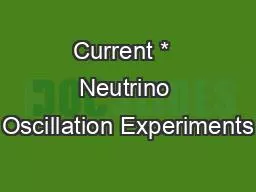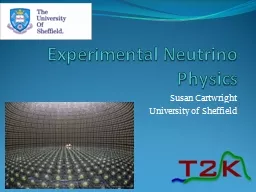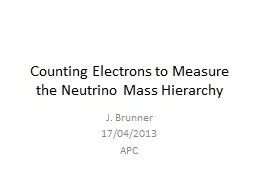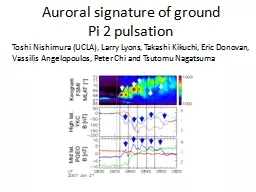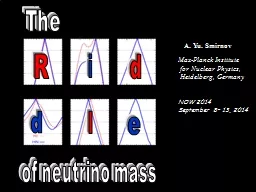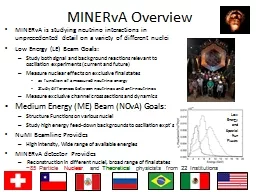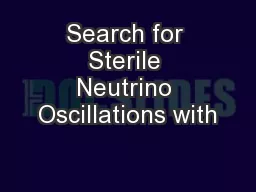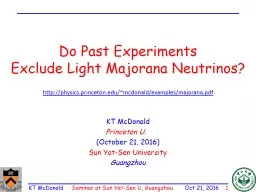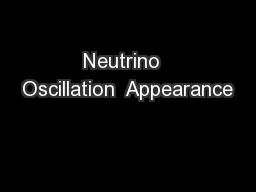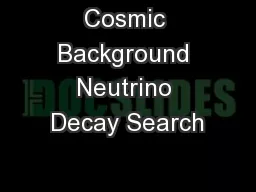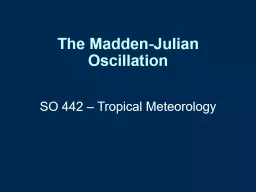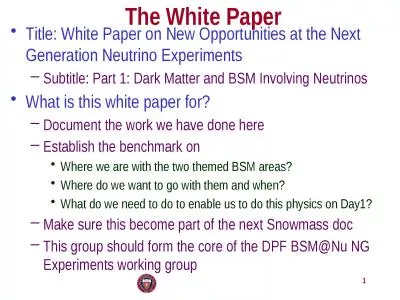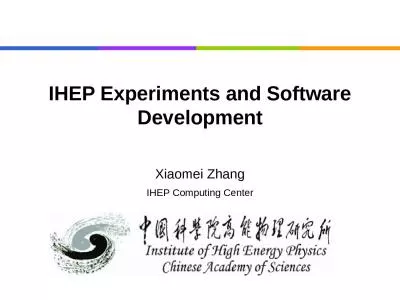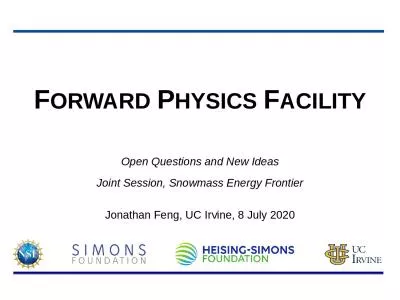PPT-Current * Neutrino Oscillation Experiments
Author : altigan | Published Date : 2020-07-02
PPAP Meeting Birmingham 15 July 2009 Elisabeth Falk University of Sussex Def current running or under construction Outline Neutrinooscillation experiments what to
Presentation Embed Code
Download Presentation
Download Presentation The PPT/PDF document "Current * Neutrino Oscillation Experime..." is the property of its rightful owner. Permission is granted to download and print the materials on this website for personal, non-commercial use only, and to display it on your personal computer provided you do not modify the materials and that you retain all copyright notices contained in the materials. By downloading content from our website, you accept the terms of this agreement.
Current * Neutrino Oscillation Experiments: Transcript
Download Rules Of Document
"Current * Neutrino Oscillation Experiments"The content belongs to its owner. You may download and print it for personal use, without modification, and keep all copyright notices. By downloading, you agree to these terms.
Related Documents

